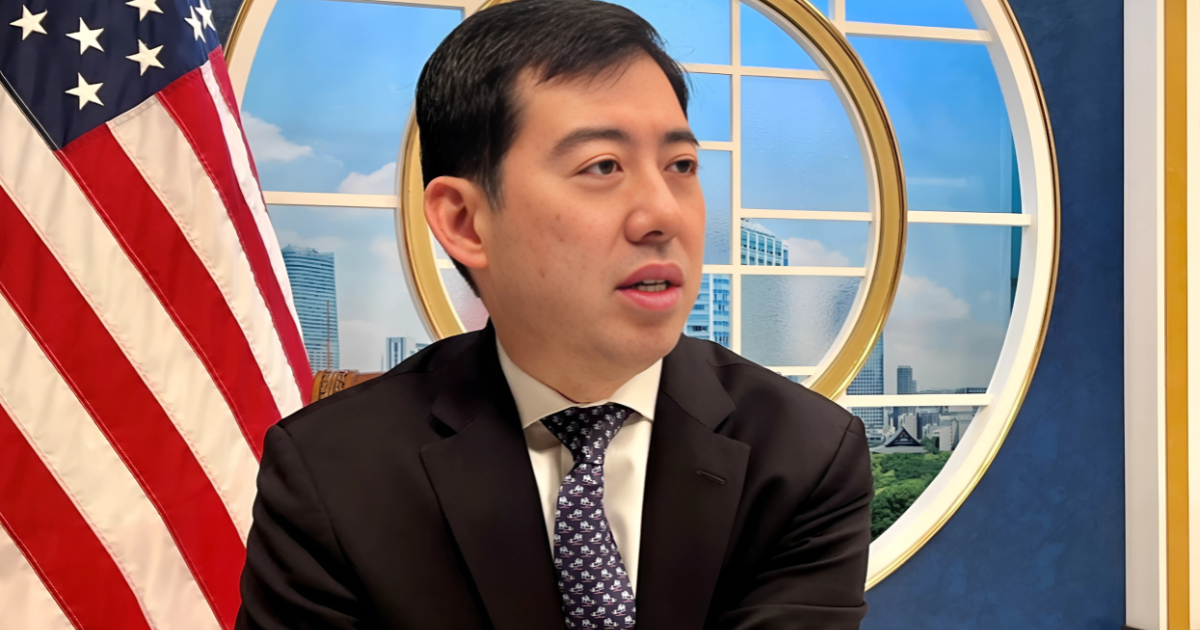Recently, acting SEC Chair Mark Uyeda proposed the creation of a framework specifically for cryptocurrency firms that are interested in tokenized securities, bringing renewed attention to the Regulatory Sandbox concept. The development was during the second roundtable of the SEC’s Crypto Task Force, which focused on cryptocurrency trading issues.
Key-Takeaways:
- According to the SEC, the present structured framework would help crypto firms begin trading tokenized securities on blockchain platforms within a clearly defined regulatory framework.
- The Sandbox simplifies licensing, but it is opposed by SEC Commissioner Crenshaw, who points out what risks there are in consolidating crypto services in crypto exchanges.
What is the Regulatory Sandbox Framework?
 Uyeda’s Regulatory Sandbox framework is intended for tokenized securities traded on both registered and unregistered exchanges. It aims to accommodate a broad range of market participants. This broad inclusion will make the crypto sector further involved.
Uyeda’s Regulatory Sandbox framework is intended for tokenized securities traded on both registered and unregistered exchanges. It aims to accommodate a broad range of market participants. This broad inclusion will make the crypto sector further involved.
This Regulatory Sandbox is primarily designed to set up a structured environment where crypto firms get allowed to make innovations using blockchain technology with allowed regulatory parameters. It’s about providing regulatory oversight that balances innovation, particularly in emerging sectors such as iGaming.
Such an approach would provide time-bound, conditional exemptive relief as an interim solution until the SEC develops its own far-reaching, long-term regulatory strategies. For now it is a stopgap. However, it represents a step toward more tailored cryptocurrency regulation.
Commissioner Hester Peirce, the head of the SEC’s new crypto task force, had shown support for Regulatory Sandbox at the agency’s Washington HQ. This has contributed to her efforts to build internal support within the agency.
Sandbox participants would also have a chance to reveal what works creatively as well as technically and commercially. As is, these rules would certainly have been shaped by this feedback.
Benefits of the Regulatory Sandbox Proposal
 The Regulatory Sandbox would provide a number of important advantages to both participants trading tokenized securities and those dealing in non-security crypto assets. It aims to reduce complexity. It lowers barriers to market entry for crypto firms.
The Regulatory Sandbox would provide a number of important advantages to both participants trading tokenized securities and those dealing in non-security crypto assets. It aims to reduce complexity. It lowers barriers to market entry for crypto firms.
Notably, it would compress the licensing process, requiring participants to obtain only a single SEC license, as opposed to having to navigate complex, multi-state licensing processes. This simplifies compliance. Also, it saves the time and resources for the crypto firms.
Uyeda also pointed out that we should explore the feasibility of a more effective regulatory mechanism such as Regulatory Sandbox which should lead to a gain in efficiency. In this, it would streamline administrative processes and address inefficiencies in fragmented state licensing systems.
The Regulatory Sandbox would enable national securities exchanges to enable trading of registered as well as unregistered crypto assets between investors. It would be that clarity, strikingly, that could significantly reduce compliance costs and operational complexity if crypto firms are to offer tokenized securities.
International Precedents for the Regulatory Sandbox
 The United States is not the first country to explore the use of a Regulatory Sandbox for cryptocurrency innovation. The concept has been explored previously by other nations such as Colombia on the basis of implementing crypto regulations.
The United States is not the first country to explore the use of a Regulatory Sandbox for cryptocurrency innovation. The concept has been explored previously by other nations such as Colombia on the basis of implementing crypto regulations.
The U.S. has previously applied similar frameworks in the context of traditional finance. These were aimed at fostering innovation within the traditional financial sector.
Backed by the commissioner, the idea of a ‘digital securities sandbox’ would have allowed U.S. crypto firms to partner with British firms in testing new methods for issuing, trading, and settling securities. But this failed to gain support under former SEC chair Gary Gensler.
While the current Regulatory Sandbox proposal is consistent with the broader initiatives under the Trump administration aimed at bolstering the blockchain and cryptocurrency industry by, for example, passing stablecoin regulation and the formation of a Bitcoin Strategic Reserve through an executive order.
However, the Regulatory Sandbox concept has faced some resistance despite the benefits that come with it. Not all SEC officials are in support of the proposal. A sticking point remains concern about risk.
The roundtable was attended by Caroline Crenshaw, the only remaining SEC Democrat commissioner. She stated that traditional exchanges “have in many cases divided up the services and, in doing so, reduce the risk.
Risks associated with a Regulatory Sandbox environment may not only harm individual investors but may also pose a risk of disruption of the orderly functioning of markets for crypto across the board and pose broader threats to the traditional financial infrastructure and the functioning of the banking system and traditional financial infrastructure, Crenshaw cautioned.
The SEC is currently seeking feedback from providers of services and products that provide for trading of tokenized securities. This input could be used to guide how the Regulatory Sandbox could be used to deploy exemptive relief.
Conclusion
The Regulatory Sandbox initiative could significantly shape the future of U.S. cryptocurrency regulation. The action may offer crypto firms a clearer path to legally offer tokenized securities and an incentive for blockchain innovation.
If feedback supports this concept, it could help contribute to the development of a more balanced regulatory framework for digital assets in the SEC’s approach.











